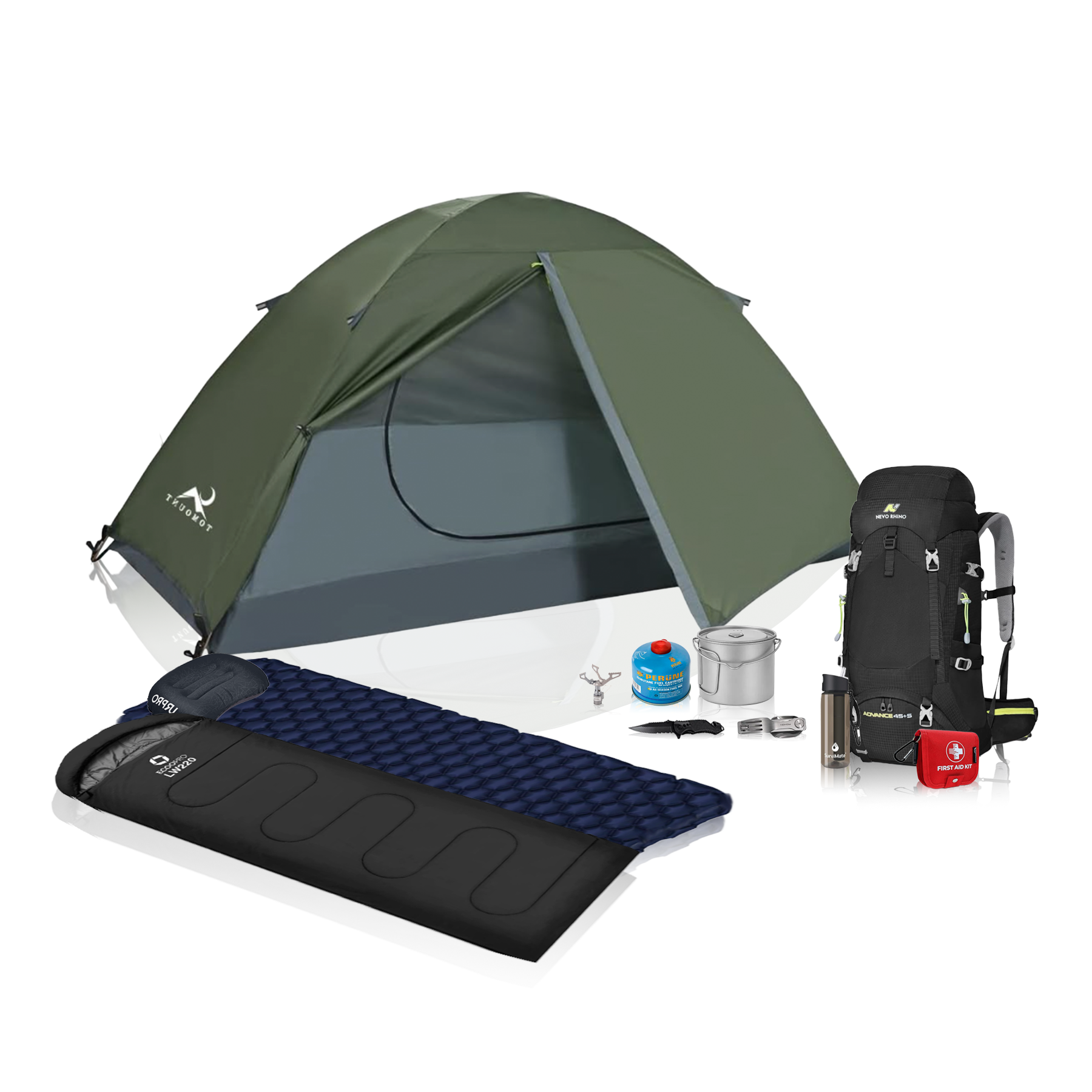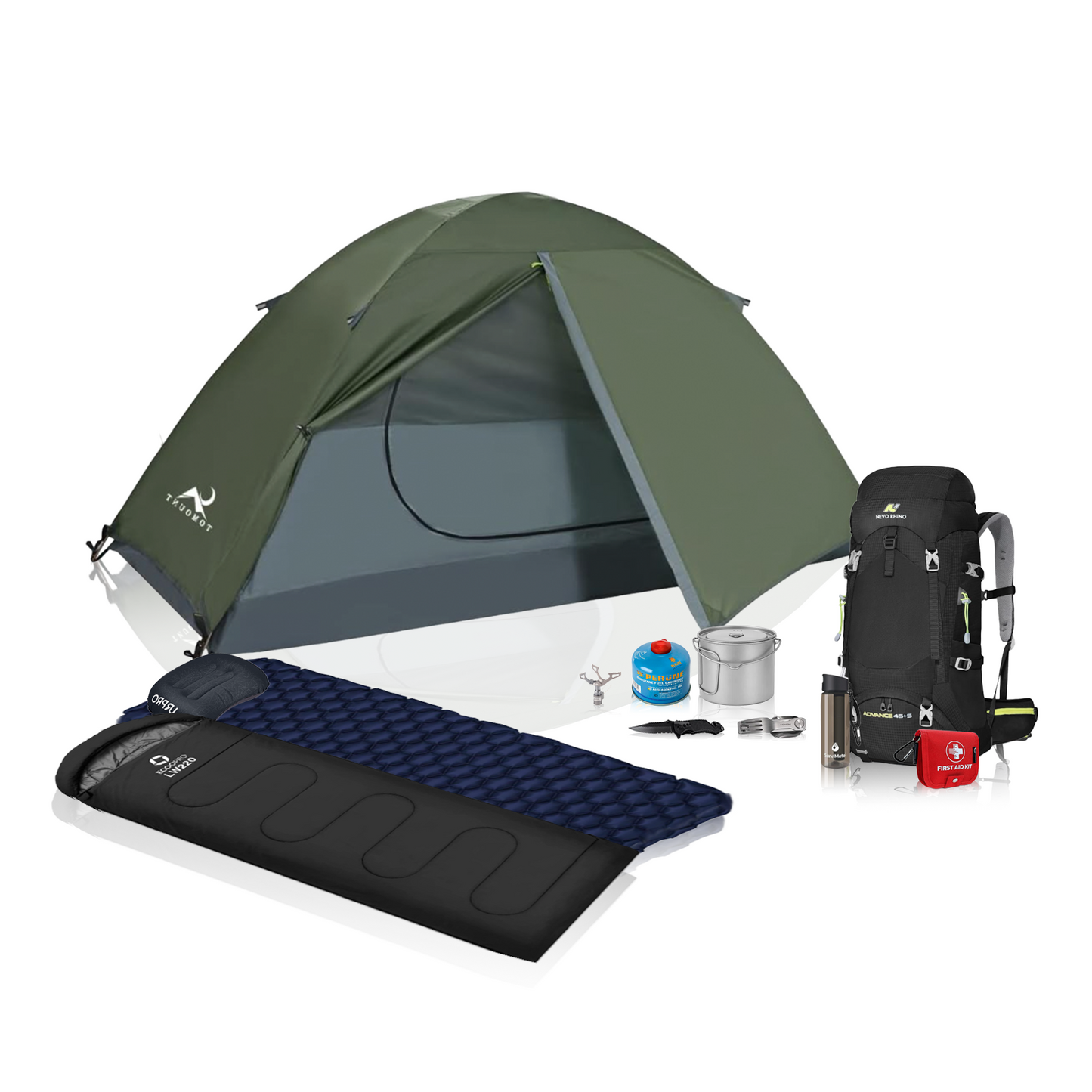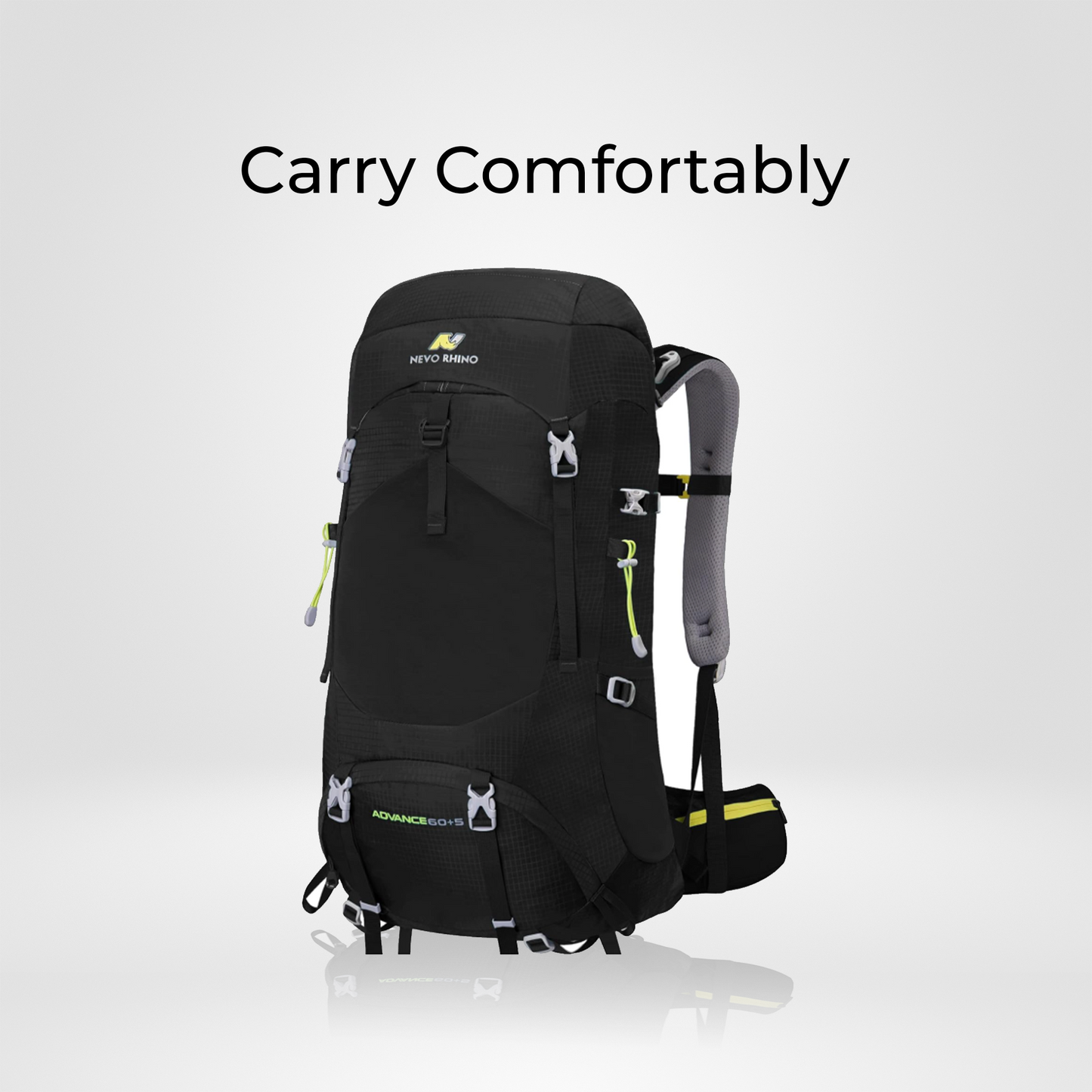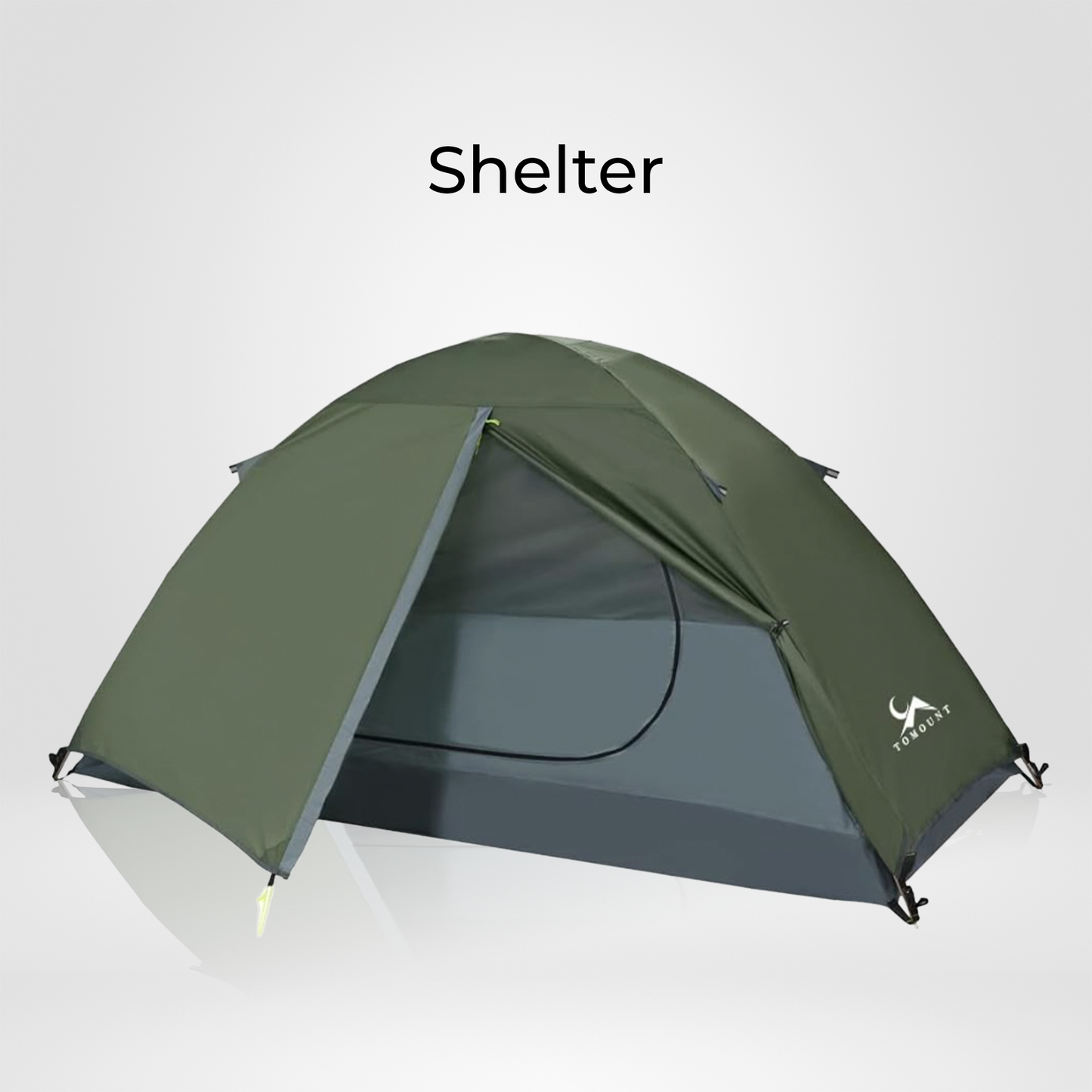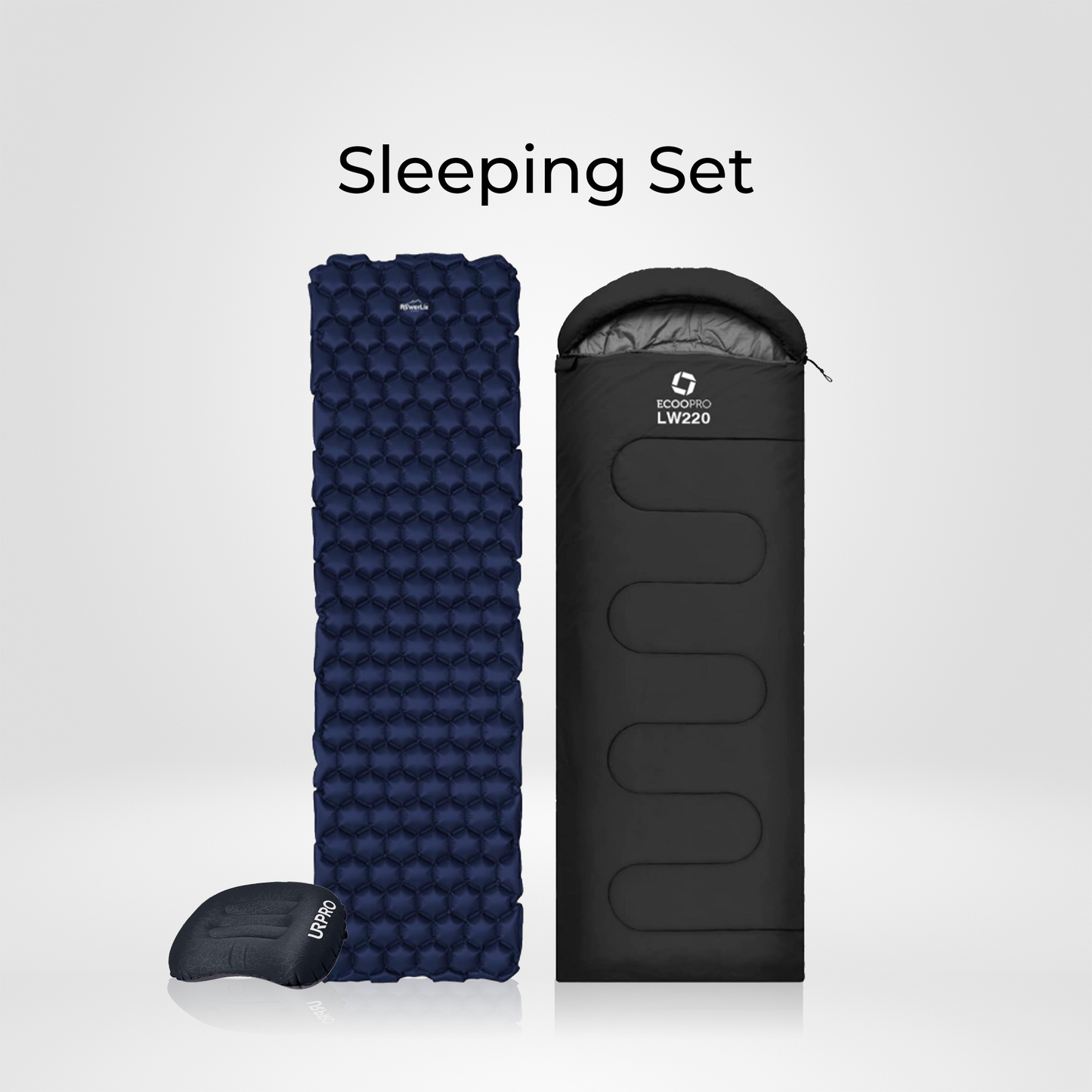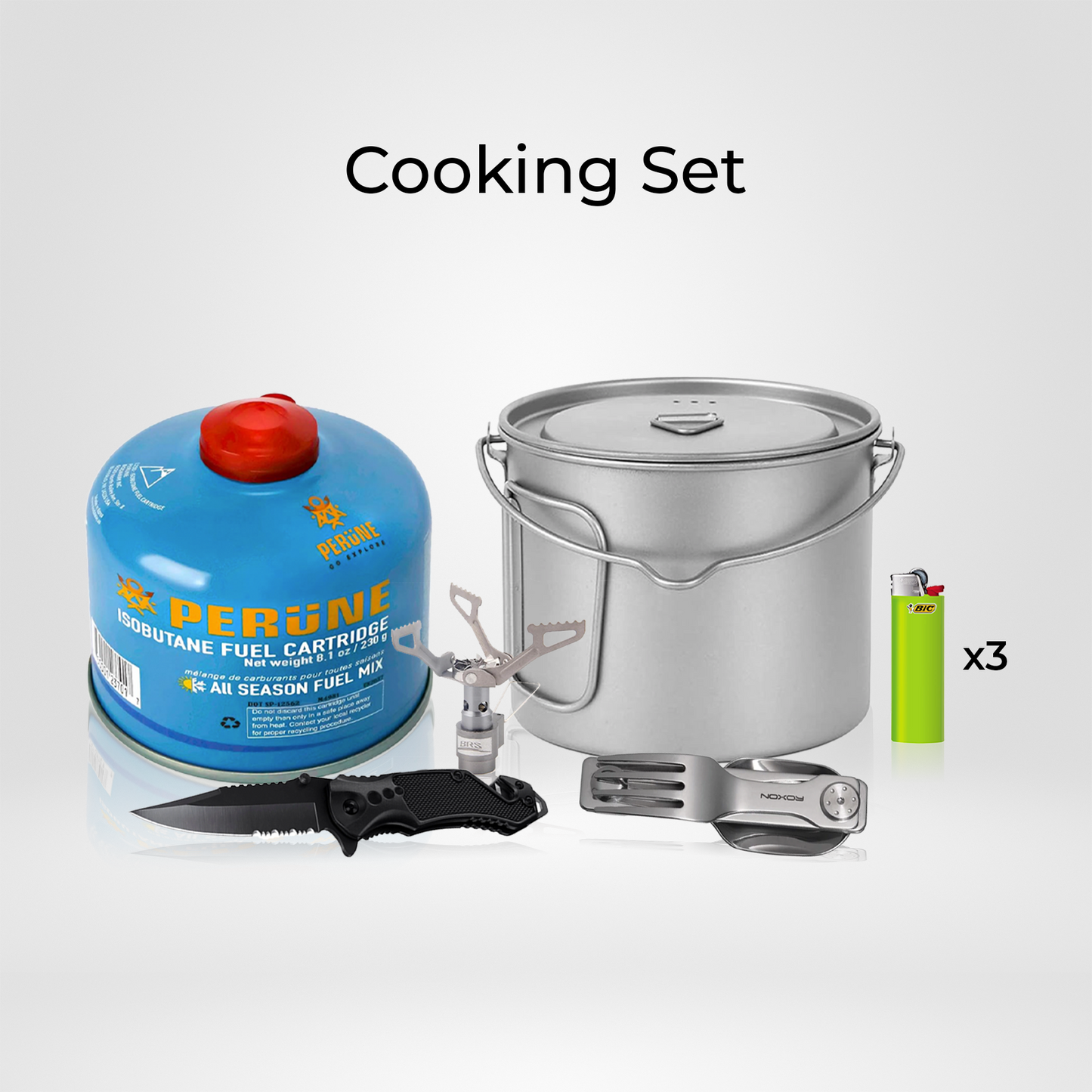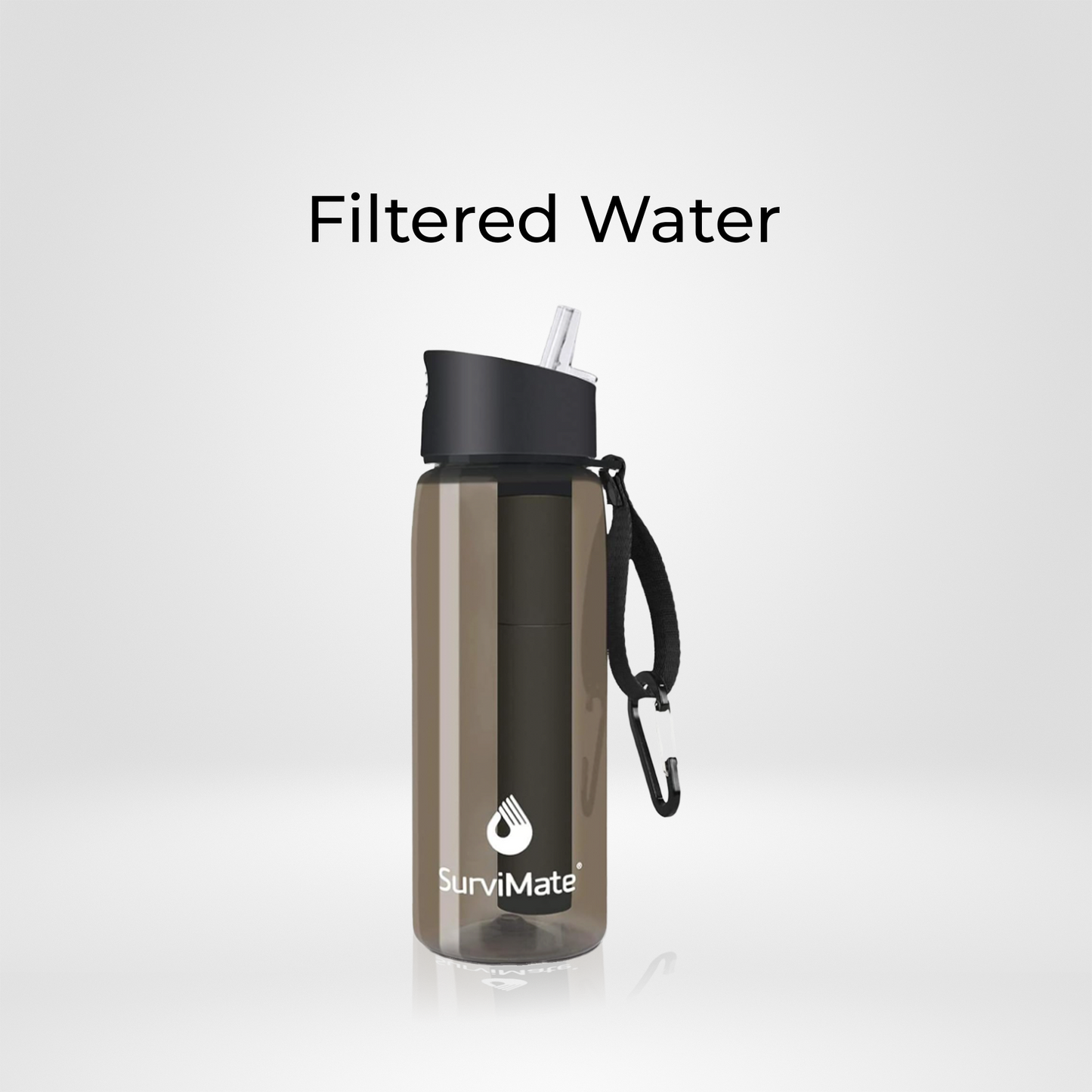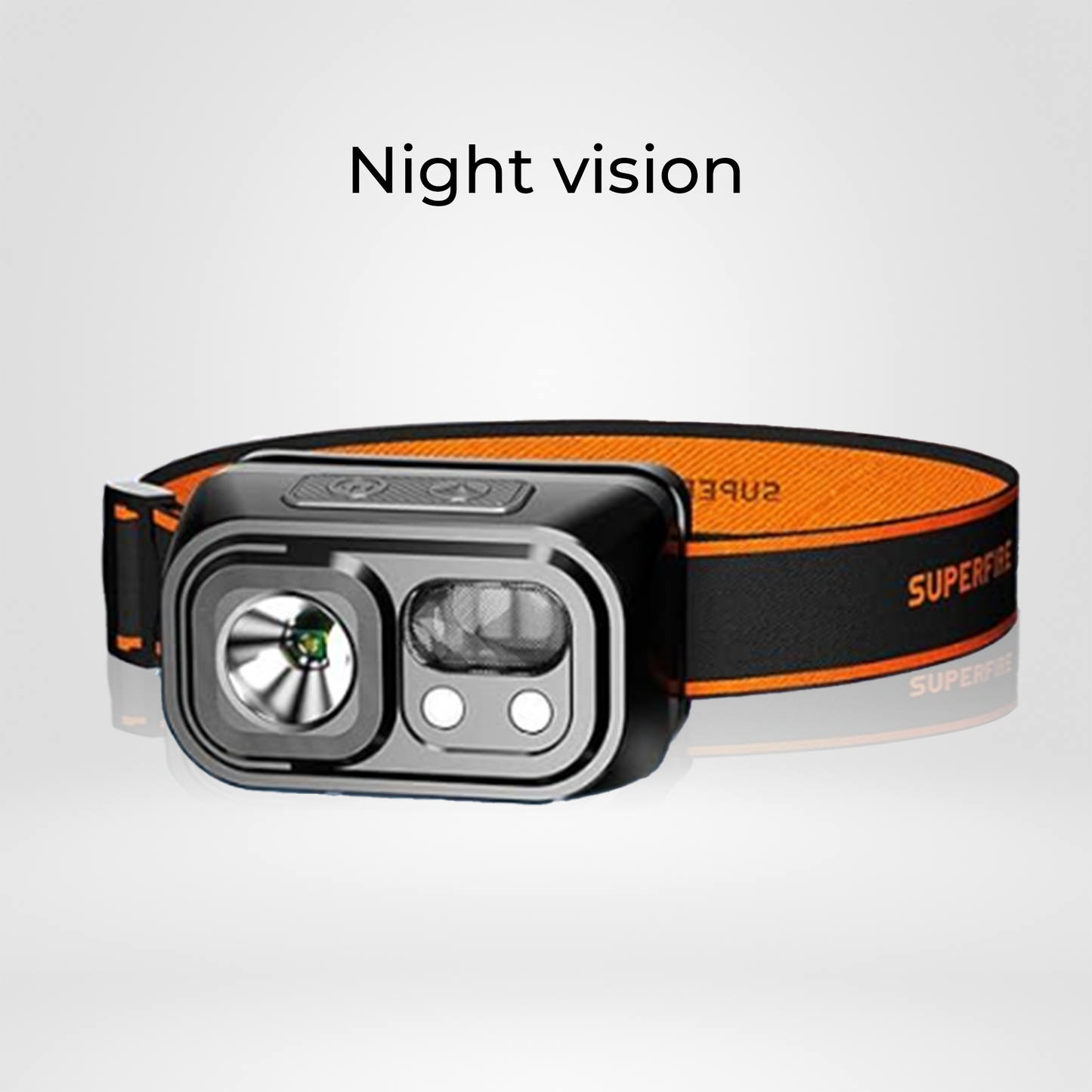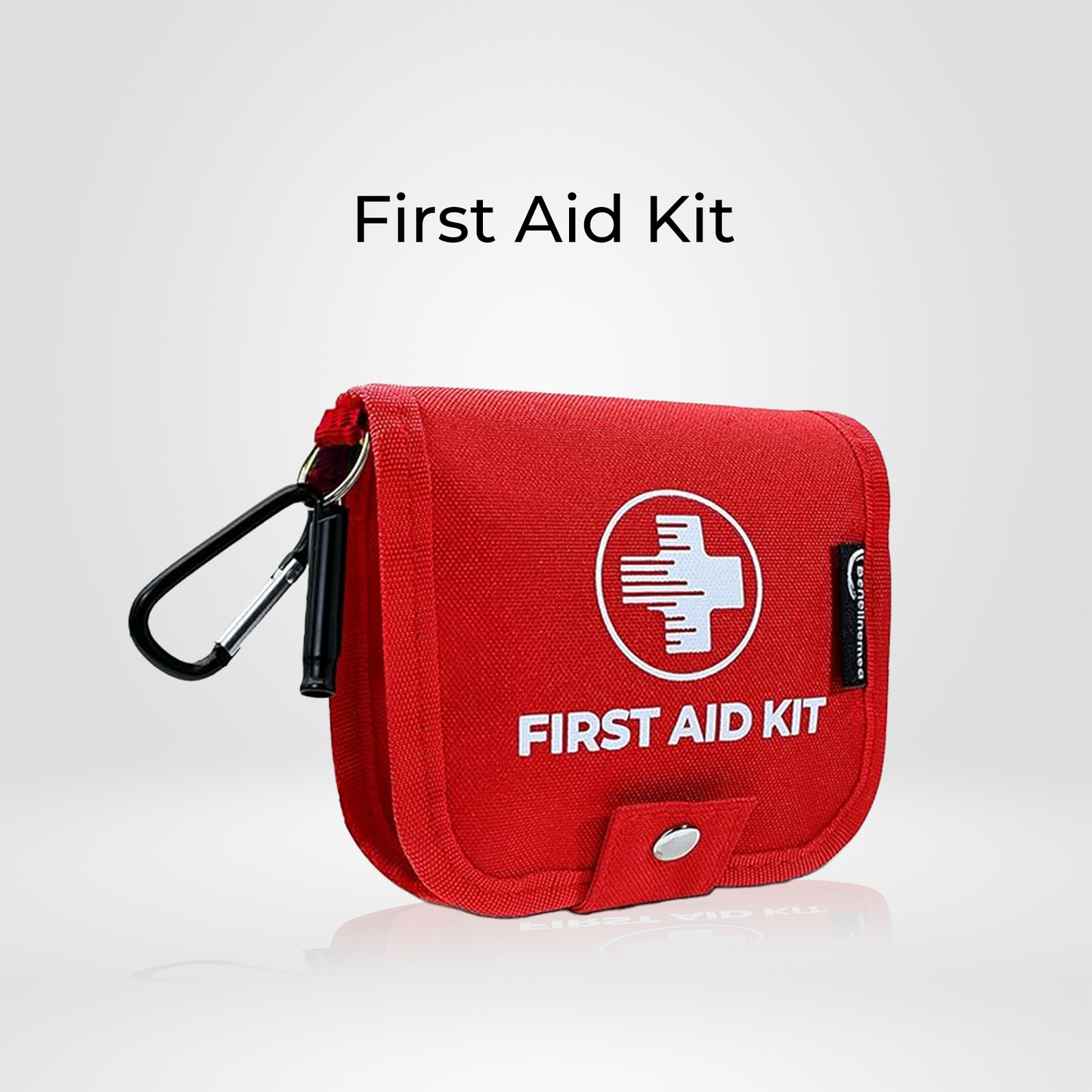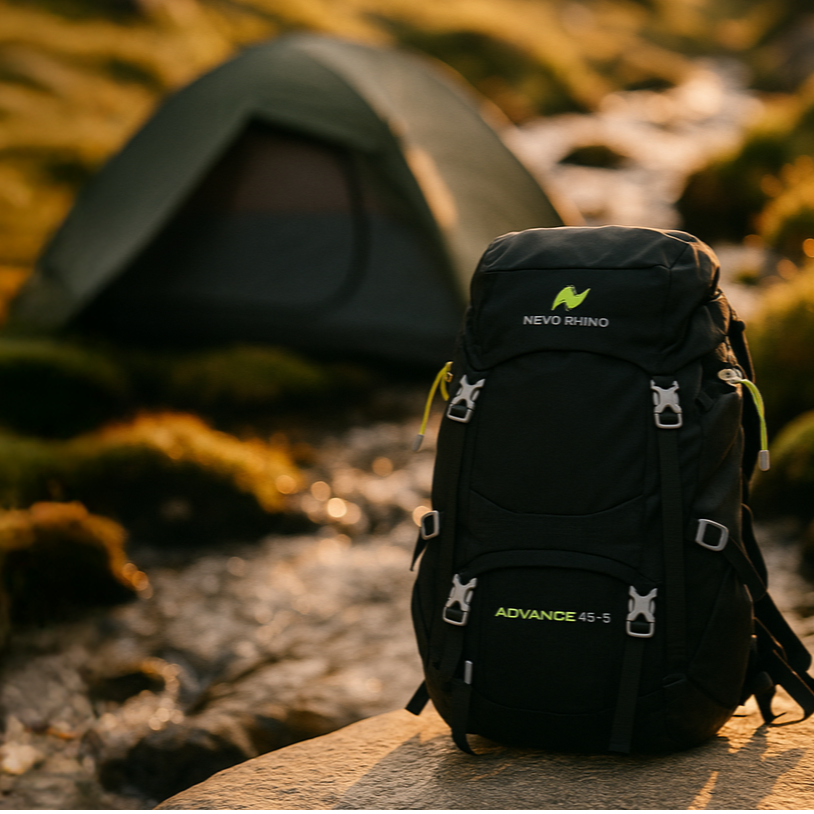
How to Use Fire If You Need a to Stay Warm at Night
Share
In ideal conditions, your sleeping bag and layers do the work.
But sometimes, you’re out longer than expected, temperatures drop fast, and your gear isn’t enough.
That’s when a fire isn’t just nice, it’s survival.
Here’s how to safely and smartly use a fire to stay warm overnight in the backcountry, even if you don’t have a fancy sleep system or high-end gear.
When You Might Actually Need Fire for Warmth
Relying on fire overnight is not recommended for beginners unless it’s absolutely necessary. But in the wild, things happen.
You might need fire to survive if:
- You’re in unexpected cold or wet conditions
- You didn’t pack an insulated sleep system
- Your gear is soaked or damaged
- You’re injured and unable to move for warmth
- You’re in an emergency bivouac situation
This guide is for those moments.
Step 1: Build the Right Kind of Fire
Not all fires are good overnight fires. You want one that:
- Burns long and low
- Radiates steady heat
- Stays contained
The “Long Fire” Method:
- Lay two large logs parallel to each other
- Fill the space between them with hot coals
- Feed slow-burning hardwood (oak, hickory, maple)
- Reposition logs as they burn down to maintain heat
Bonus: It’s easier to manage from one side while resting.
Step 2: Reflect the Heat Toward You
Set up a heat reflector to make the most of your fire’s warmth.
- Stack logs, flat rocks, or even gear behind the fire (opposite your sleeping area)
- Reflectors bounce heat back toward you and block wind
If you use a tarp shelter, set it facing the fire with space in between for safety.
Step 3: Make Your Bed Insulated
Fire warms the air, but the cold ground steals your heat.
- Layer pine needles, dry leaves, or spare clothing under your sleeping pad or bivy
- Use hot water bottles or heated rocks (wrapped in cloth) inside your sleeping bag
- Sleep with your back to the reflector, not right next to the fire
You don’t need direct flame to stay warm, just good radiant heat and smart insulation.
Step 4: Sleep in Shifts (If You’re Not Alone)
If you’re camping with others, rotate fire-watch duty through the night.
- One person tends the fire while others rest
- Switch every 1–2 hours
- Safer for both the group and the environment
If you’re alone, set alarms to check the fire - or build a fire that tapers down over a few hours and rely on insulation after that.
What Not to Do
Even in survival mode, avoid risky setups.
Never:
- Sleep with the fire inside your shelter
- Build the fire too close to your tent, tarp, or gear
- Burn softwood or wet wood that pops or throws sparks
- Leave the fire completely unattended if still burning
Hypothermia is dangerous, but so is a wildfire.
At 7th Step, We Build for Cold Without the Risk
Your best move is to never need a fire to survive.
That’s why the 7th Step Starter Kit includes:
- Emergency heat-reflective blanket
- Efficient cook stove (no fire needed)
- Insulated, fast-dry gear
- Ultralight gear setup so you can carry real protection, not just hope for good weather
When your kit covers the basics, you’re less likely to rely on fire - and more likely to sleep safely.
→ Get the Starter Kit
And be ready before the cold catches you off guard.
